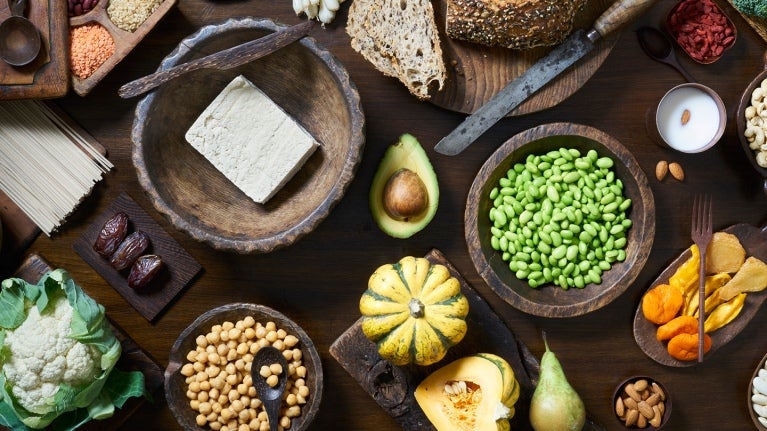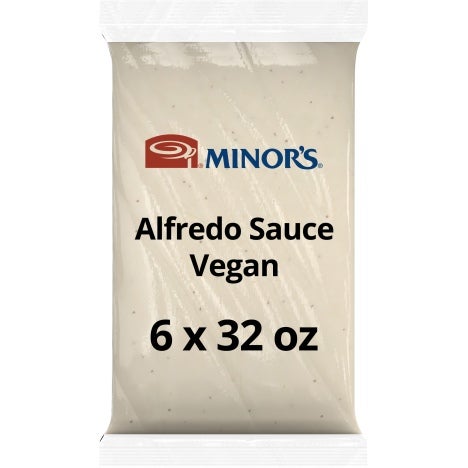
Diners Plant New Dining Habits
Aiming for a reset, many diners launch new habits in January. When reducing animal protein is part of the plan, it’s smart to meet them on meatless terms.
In a move that signals growing interest in sustainable choices, awareness of the tight connection between food and health, and the drive to have a disciplined ‘new year, new me’ experience, many consumers put meatless boundaries around their dining habits every January.
Regardless of how long the mindful eating, good intentions, and plant-forward regimes hang on, it’s essential for foodservice operations to fully support the resolve, responding to consumer commitment with widely appealing menu choices for all dayparts.
Executing on plant-forward menus has never been easier; huge progress has been made around creative approaches to meatless selections and the food products that support them. Plant-based meat analogs make classics such as burgers, barbecue, chicken sandwiches, and pizzas easy to menu while tofu, fresh produce, grains, legumes, nuts, and seeds fill in for lots of options, both all-American and globally inspired fare. Substitutions for seafood, cheese, dairy, and eggs are easily sourced, their stealthy-swap status continually improving. The assortment of plant-based speed-scratch products also continues to expand, bringing all-important operational ease into the equation.
Come February, the plant-based menuing efforts won’t have been for naught. Beyond those who hold fast to vegetarianism and veganism as a permanent commitment—estimated to be holding steady at 3% to 4% of U.S. consumers—or a month-long test of will, plant-based choices are appealing to many consumers. Gen Z and Alphas, especially, are leading the growth of a widespread trend that sees meatless eating as one option among a slate of many choices. Sidestepping strictly defined diets, many diners happily opt to exercise their right to choose flexitarian lifestyles, easily slipping from one to the other. To sate, satisfy, and excite these appetites, here are plant-based menu ideas for all dayparts.
Breakfast and Brunch
- Acai bowl with quinoa granola, coconut, banana, mixed berries, ginger syrup, and choice of two: Incan berries; almond butter; cacao nibs; coconut yogurt; hemp seeds; raw honey
- Belgian oat waffle with ‘chik’ n-fried oyster mushroom, cashew whipped cream, maple syrup, and orange slices
- Breakfast sandwich with plant-based sausage patty, tomato, avocado, arugula, and soy cheese on English muffin
Lunch
- Avocado and hummus toast with tri-color cherry tomatoes, cucumber, radish, pickled red onion, cilantro, balsamic-lavender syrup, and truffle oil on toasted Italian bread
- Banh mi salad of Bibb lettuce, kale, housemade giardiniera, blackened tofu, chickpeas, basil, cilantro, bean sprouts, vinaigrette, and sriracha aioli drizzle
- Burger with plant-based patty topped with vegan bacon, vegan shrimp, vegan cheese, caramelized onions, lettuce, tomato, and sauce on a Hawaiian roll
Dinner
- Margherita pizza with heirloom cherry tomatoes and basil-hemp seed pesto
- Eggplant lasagna with almond-ricotta cheese, garlic spinach, seasonal vegetables, marinara sauce, and parmesan glaze
- No-veal Milanese with breaded lion’s mane cutlets, au gratin potatoes, baby arugula, San Marzano tomato sauce
Snacks/Bar Food
- Corn ribs of grilled-on-cob corn with housemade BBQ glaze and spicy slaw
- Fried cauliflower with ras el hanout mint, and apple
- Indian-style roti flatbread with vegetable curry dip
The information provided is based on a general industry overview and is not specific to your business operation. Each business is unique, and decisions related to your business should be made after consultation with appropriate experts.



